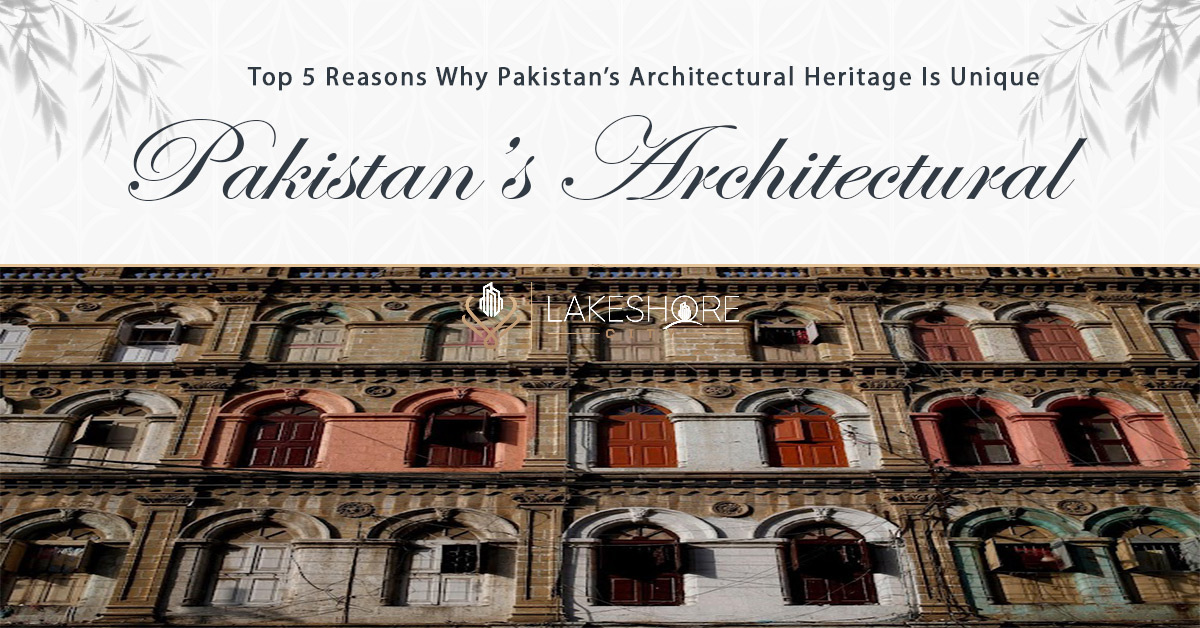Pakistan has been successful in preserving its cultural roots and heritage thanks to the acknowledgment and care of a variety of architectural sites located all over the country. Some of these revolutionary sites are relics of the country’s past, which consisted of a dynamic history and various communities.
These include the invasions of the Persians and the Aryans, the control of the Mughals, and the colonization of the British. A great number of architectural styles, each with its own set of distinguishing qualities, are presented, and these styles, in turn, represent the values and cultures of the civilizations that created them.
Ancient Roots Giving a Distinct Identity
The tale had its beginnings tens of thousands, even hundreds of thousands, of years ago. The history of Pakistan is made up of a variety of different heritages, such as those of the Neolithic period and the oldest civilizations that flourished at the same time as the ancient Egyptian and Mesopotamian civilizations.
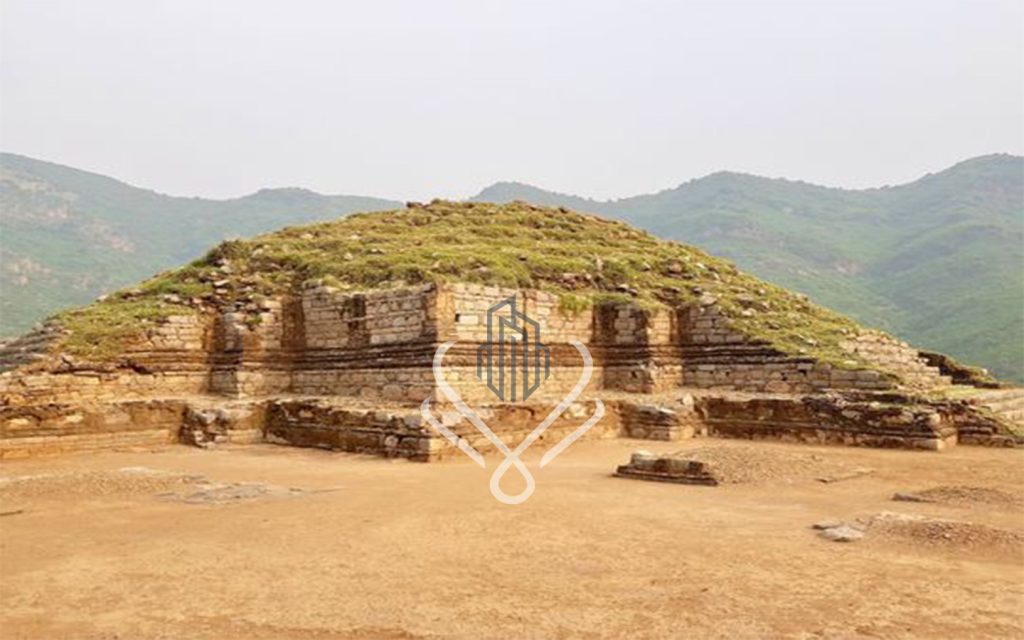
This is owing to successive waves of migration from the northwest, as well as internal migrations across the subcontinent; for instance, the Aryans, Persians, Greeks, and Arabs had all journeyed to and established in this region at some point in the past.
The Indus Valley Civilization was one of the most well-known ancient civilizations, and its history can be traced back to around 3000 BC. Mohenjo-Daro and Harappa are two of its sites, and both of them have been designated by UNESCO as World Heritage Sites.
Some of the traces and discoveries made at these locations point to richness and status, proving that some of the earliest urban constructions in the world were discovered here.
Even further back in time, about 5000 BC, is when the Mehrangarh civilization emerged. Since its discovery shed light on the Stone Age people of South Asia and the agricultural lifestyles that they led, it is considered to be one of the most significant Neolithic sites in all of archaeology.
The region that is today known as Taxila was formerly home to the Gandhara civilization, which served as a hub for Buddhist scholarship and attracted visitors from around Asia.
All of these influences, in terms of typology, expression, design, and people, collectively depict the numerous stages of development that have occurred throughout the history of the nation.
Mughal Era’s Striking Revival of Indo-Islamic Architecture
During the 16th and early 18th centuries, when the Mughal empire was at the height of its glory, they introduced Turkish and Irani architectural styles to the Indian subcontinent. This led to the development of some of the region’s most iconic buildings. A significant amount of inspiration for these architectural forms came from Islamic architectural components such as pointed arches, minarets, domes, and muqarnas.
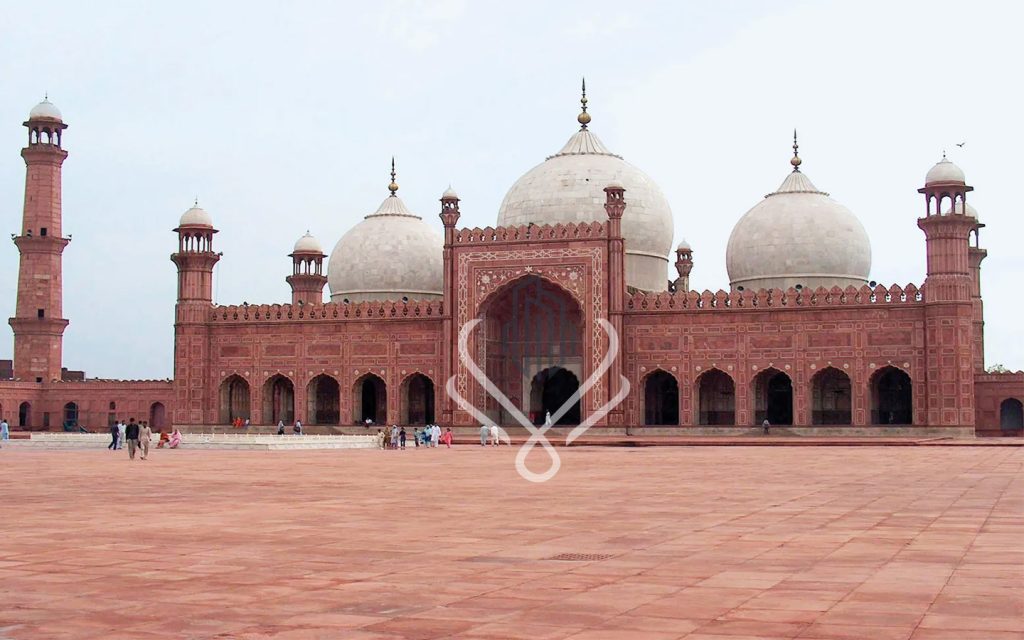
All around the country, structures such as forts, palaces, gardens, tombs, bazaars, and mosques were constructed. The ornate embellishments and motifs, the complicated geometric patterns, and the peculiar color of the red sandstone that was utilized for the building were all elements that boasted opulence and displayed nobility in their intricacies.
The Badshahi Mosque, the Hiran Minar, Masjid Wazir Khan, Shalimar Bagh, and the Tomb of Jahangir are among the most well-known sites. The legacy of Mughal architecture exemplifies the splendor of one of the world’s most powerful and advanced empires.
A New Wave of Development Through Colonial Architecture
The British were responsible for introducing the Victorian and neoclassical styles of architecture to the subcontinent during a time when they were the dominant force in the region. Frere Hall and St. Patrick Cathedral are two examples of such places; both may be found in Karachi. Additionally, there was a rise in the number of Gothic churches, of which the St. Paul Church in Rawalpindi is one example that is widely known.
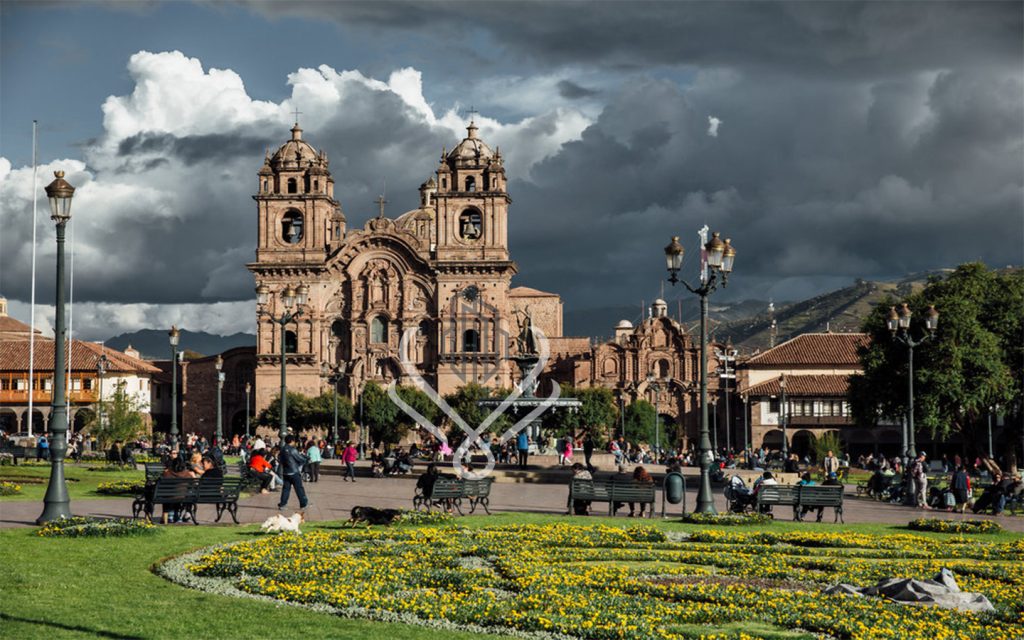
The middle of the 19th century saw the beginning of a new period of Indo-Saracenic architecture. This brought together and struck a balance between many components of Sikh, Hindu, and Islamic architecture, as well as those influenced by Western design.
During this time, architecture became increasingly modern, with open pavilions, pointed arches, harem windows, and a focus on the dynamic play of natural light becoming commonplace. For instance, the Clock Tower in Faisalabad was designed in a style that combines British and Indo-Islamic elements of architecture.
The British Raj was responsible for the construction of the Lahore Court Building, which took architectural cues from both British and Mughal styles of architecture. Another iconic structure from this time is the Noor Mehal in Bahawalpur, which is characterized by its lengthy columns and vaulted ceilings.
Instilling Nationalism and Pride
After the subcontinent was split up, a new movement emerged, in which architectural structures were erected as a method of instilling in Pakistan’s population a newly discovered sense of national pride and identity. National monuments were constructed all over the country, including the Minar-e-Pakistan (located in Lahore), the Pakistan Monument (located in Islamabad), and Quaid-e-Azam’s Mausoleum (located in Karachi). There was a shift toward a more vertical orientation in architecture.
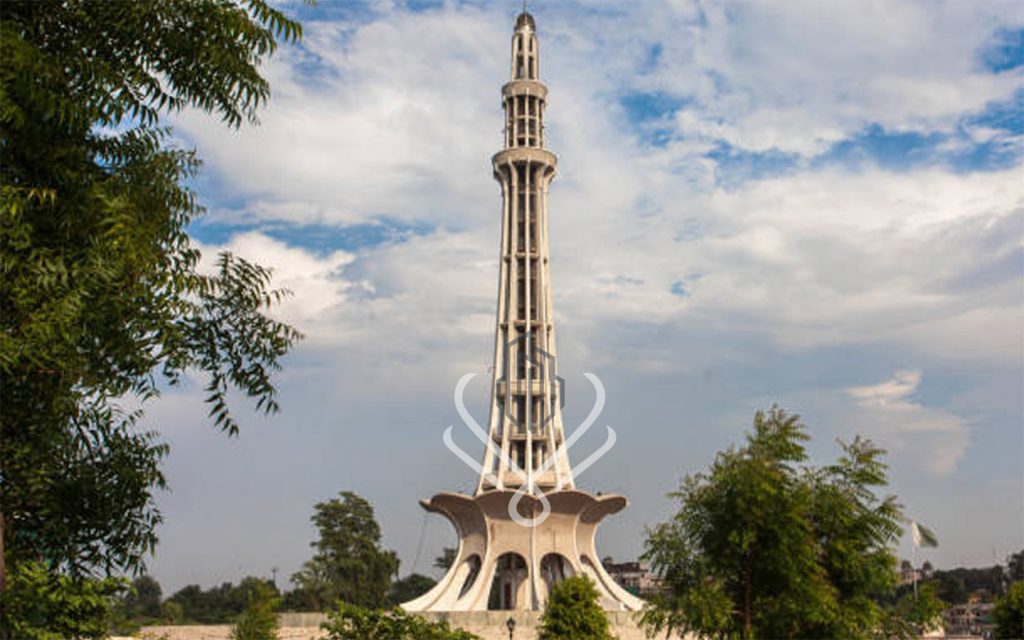
Western Influences Brought About Style Hybrids in Pakistani Architecture
A rising fascination with Western ideals, designs, and lifestyles eventually caused many Western movements, such as modernism, postmodernism, and the contemporary, to gradually be woven into the local ar architectural style. This was mostly because the local architecture style was already heavily influenced by Western architecture.
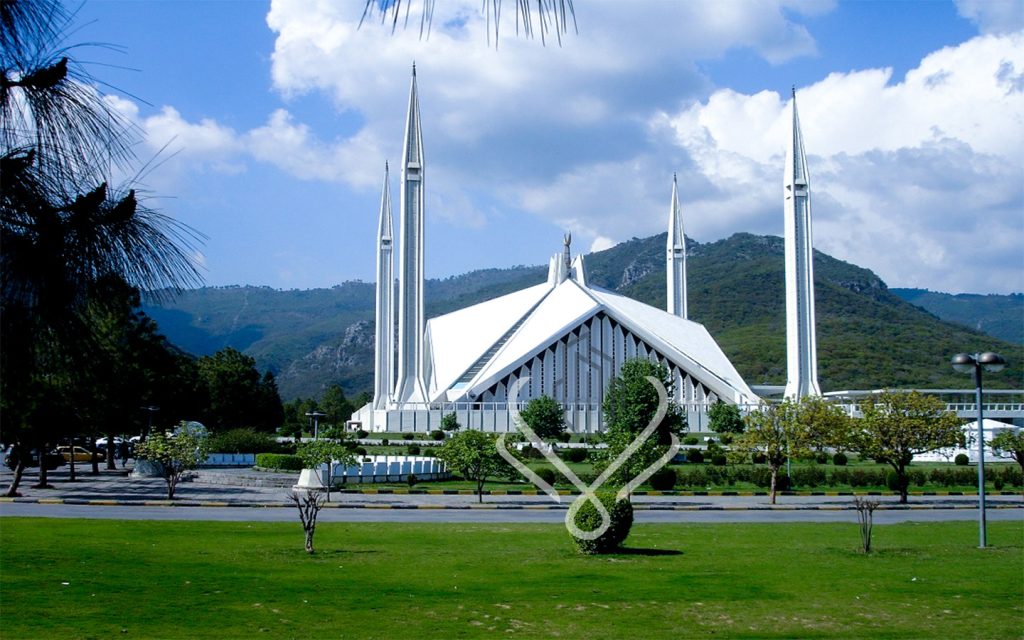
Many of the most prominent architects began to shift their focus from style and expression to functionality; as a result, interiors began to integrate more than simply visually beautiful components but also ones that served a purpose. The principles of sustainability, flexibility, negative space, simplicity, and the utilization of prefabricated industrial components were emphasized throughout.
Several different strategies and procedures were put into place, all of which fulfilled the newly established criteria of a contemporary, yet frugal, way of living. One of the most noteworthy examples is the Faisal Masjid in Islamabad, which is the second-largest mosque in Pakistan; the building was planned and created according to the urban grid that was inspired by ancient Greek architecture.
Because of its historical, modern, and even contemporary architecture, Pakistan stands out as a nation on the world stage. Its architectural heritage is a monument to the country’s long and eventful history, from its humble beginnings to the meticulously planned metropolitan structures it currently possesses.
The tenacious and unyielding nature of the local population is reflected in the robust and ever-evolving architectural scene, which has been compelled to evolve and prosper throughout history.
Conclusion
Pakistan’s architectural heritage is a captivating testament to its rich history and diverse cultural influences. The nation’s ability to preserve and celebrate its past through a myriad of architectural sites sets it apart on the global stage. From ancient civilizations like the Indus Valley and Gandhara to the opulent Mughal era and the fusion of colonial and modern influences, Pakistan’s architecture tells a compelling story of resilience, creativity, and adaptation.
The architectural landscape showcases the intricate details of Islamic architecture, the grandeur of Mughal structures, the harmonious blend of colonial and local styles, and the incorporation of contemporary design principles. National monuments stand tall, embodying the spirit of nationalism and pride. The fusion of Western design trends further adds to the uniqueness of Pakistan’s architectural tapestry.
As a symbol of the nation’s evolution, from its early roots to the modern metropolis, Pakistan’s architectural heritage stands as a testament to the enduring spirit and tenacity of its people.
FAQs (Frequently Asked Questions):
Q1.How has Pakistan preserved its architectural heritage over time?
Pakistan’s commitment to acknowledging and protecting architectural sites has played a crucial role in preserving its cultural heritage.
Q2. What are some key historical influences on Pakistan’s architecture?
The architecture of Pakistan reflects influences from ancient civilizations like the Indus Valley and Gandhara, as well as the Mughal era, the British colonial period, and modern design trends.
Q3. What are the standout features of Mughal architecture in Pakistan?
Mughal architecture in Pakistan is known for its intricate details, pointed arches, minarets, domes, and use of materials like red sandstone.
Q4.How did colonial architecture impact Pakistan’s built environment?
The British colonial period introduced Victorian, neoclassical, and Indo-Saracenic styles, blending with local architectural elements.
Q5. What role did national monuments play in shaping Pakistan’s identity?
National monuments like Minar-e-Pakistan and Pakistan Monument were constructed to instill a sense of national pride and identity.
Q6. How did Western design trends influence Pakistani architecture?
Rising fascination with Western ideals led to the integration of modernist, postmodernist, and contemporary elements, creating a unique fusion in Pakistani architecture.
Q7. What is the significance of the Faisal Masjid in Islamabad?
The Faisal Masjid exemplifies a blend of modern design principles inspired by ancient Greek architecture, symbolizing Pakistan’s evolving identity.
Q8. What does Pakistan’s architectural heritage reveal about its history and people?
Pakistan’s architectural heritage reflects its dynamic history, showcasing adaptability, creativity, and the enduring spirit of its people.
Q9. How has Pakistan’s architectural landscape evolved into the modern era?
From ancient roots to contemporary designs, Pakistan’s architectural scene has evolved, mirroring the nation’s growth and development.
Q10. What sets Pakistan’s architectural heritage apart on the global stage?
Pakistan’s architectural heritage is a mosaic of cultures, styles, and periods, highlighting its distinct history and standing as a remarkable cultural asset.
Our Featured Article:
Read More: International Conference in Islamabad to Promote Tourism
Read More: Mysteries of Taxila: Exploring the Significance of Rain Retreat 2565 BE
Don’t miss the chance to invest with Lakeshore! Secure your investment today by investing your financial investment with Lakeshore in the following available options like Lakeshore City, Lakeshore Club, and Lakeshore Farms.
For More updates, please Contact +92 335 7775253 or visit our website https://lakeshorecity.com/
Lakeshore City is the upcoming elite lifestyle at Khanpur Dam. Offering no parallel amenities for the members and owners of distinguished farmhouses.
Become Part of Luxurious Lifestyle
Contact: 0335 7775253


